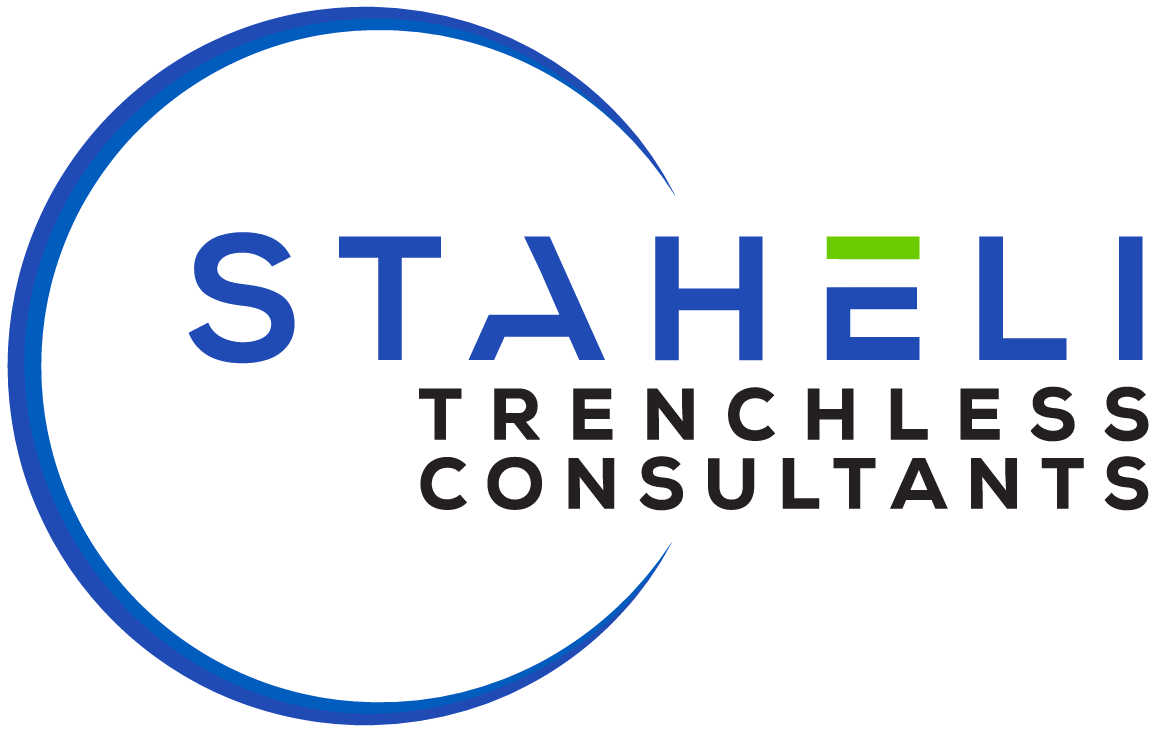Risk Management Inspection
Risk Management Inspection
In Business Since 2007 130+ Years of Collaborative Experience High Ethical Values
Risk Management Inspections is an active approach to trenchless construction risk tracking and management. It was developed by Staheli Trenchless Consultants based upon observations of trenchless projects by STC personnel over 20 years, led by Dr. Kimberlie Staheli. Based upon this experience, it became evident that there are many trenchless specific project elements that contribute to a wide variety of challenges during construction that add cost and schedule to a project. The fact that construction can be challenging is not particularly new or groundbreaking, but what has plagued trenchless construction contract management is that by its very nature, the ground is not directly exposed, leading to disputes as to the cause of such construction challenges over which contracted party is responsible. The result, an elevated risk of project failure, change orders, and potential litigation associated with trenchless pipeline installation when compared to traditional open cut and cover.
There is inherent geologic uncertainty in the characterization of soils and dealing with unanticipated or undocumented materials is a part of earthwork and pipeline installation. The primary factors that contribute to elevated construction risk on trenchless projects are:
• The uncertainty of the conditions that will be encountered.
• The severe consequences of encountering unfavorable conditions.
It is entirely possible that if an undocumented geologic material is encountered, the trenchless crossing may need to be dug up, abandoned, or the ground above it disturbed in such a manner that it defeats the point of using trenchless technology in the first place.
The combination of geologic uncertainty, high costs associated with unfavorable materials, and difficulty determining exactly what materials were truly encountered on a given trenchless installation is a recipe for disputes with no clear contractual solution that can lead to litigation.
Every project should be designed and managed to offer the highest opportunity for success by using best practices and collaboration between a qualified team on all fronts, including owner, design engineer, and contractor. Owner’s representatives in the field have long been acknowledged as important to documenting the events in the field to create common understanding during potential disputes and to ensure open communication between contractor and owner regarding expectations. RMI was developed as an inspection process specific to trenchless projects to provide for the following key elements of construction risk management and dispute resolution.
1. Collection of relevant construction activities and data specific to the trenchless technology
This is a key aspect of RMI and solves one of the driving questions inherent to trenchless: What materials did we actually encounter? STC inspectors and field staff have the experience to evaluate machine data to provide quantifiable metrics associated with given materials. This is invaluable when making decisions regarding the presence of differing site conditions and without a specific process for data collection and recording it is difficult or impossible to capture in conventional inspections.
This aspect of RMI also helps answer a second key question related to disputes: what is the extent of damages, costs, and delays and are they attributed to the materials? This is a critical component to fairly evaluating change orders, claims, and disputes.
2. Risk Tracking and Identification
The ultimate goal of a successful risk management strategy is the early identification of risks such that measures can be taken to prevent costly errors and resolve problems early at little to no extra cost. A common theme in trenchless is a small problem can lead to more severe problems if not addressed quickly. The RMI process includes identification of potential problems that can with the owner. This prepares the owner in terms of both contingency budget and expectations.
Data collection and documentation on site allows potential construction challenges to be identified and discussed with the owner to determine mitigation measures need to be discussed with the contractor to manage risk of a much larger problem.
If the problem occurs, the mechanism/reason for the problem along with the available mitigation techniques are understood by the decision makers on the owner’s team and can be discussed with the contractor to determine the mitigation plan with the best chance for success.
Quick Links
Contact Us
Staheli Trenchless Consultants
4100 194th Street SW, Suite 120
Lynnwood, WA 98036
Phone: 425-205-4930
Privacy Policy
| Do Not Share My Information
| Conditions of Use
| Notice and Take Down Policy
| Website Accessibility Policy
© 2024
The content on this website is owned by us and our licensors. Do not copy any content (including images) without our consent.
